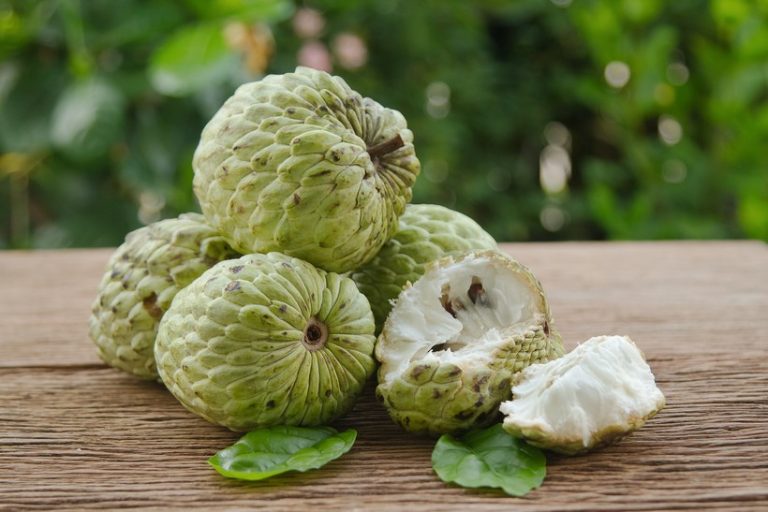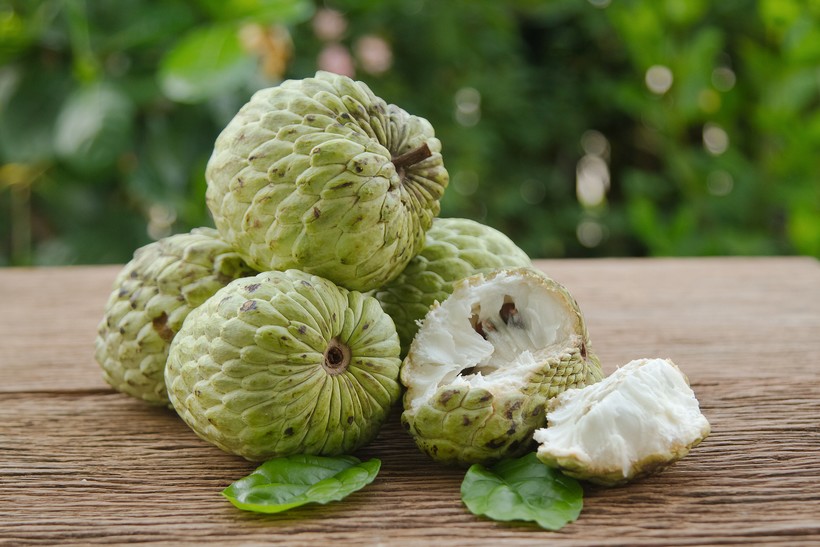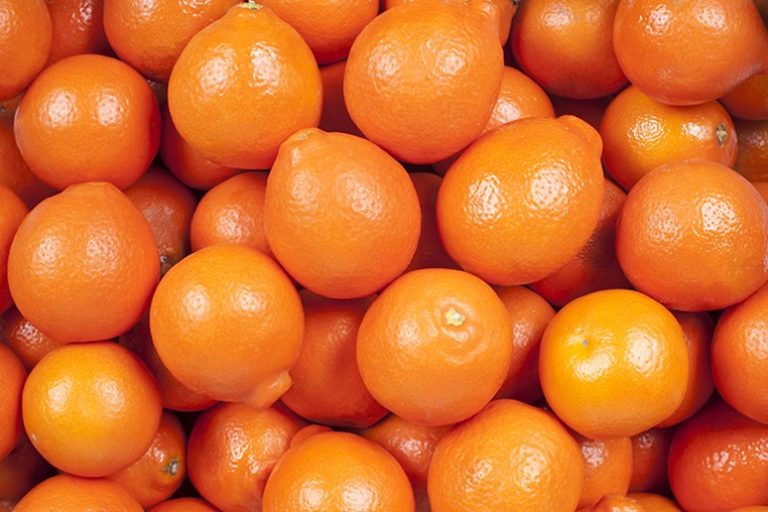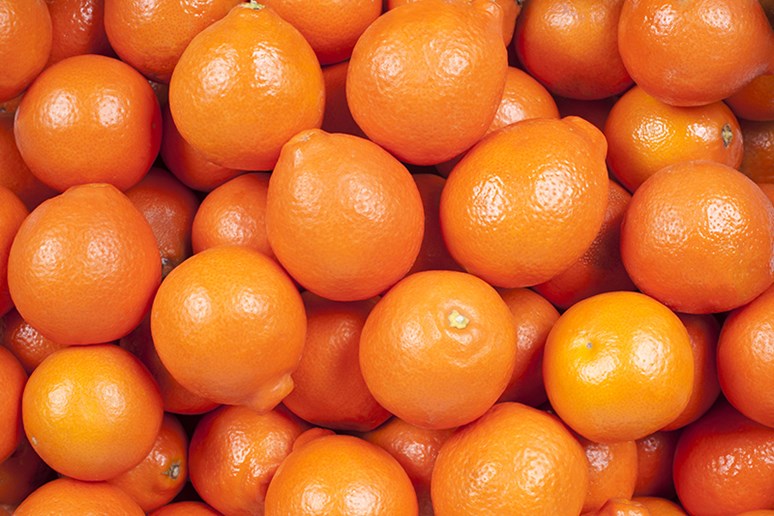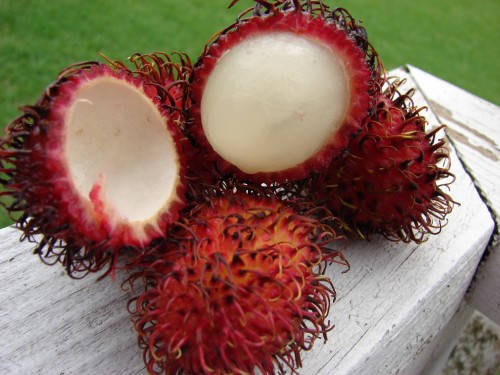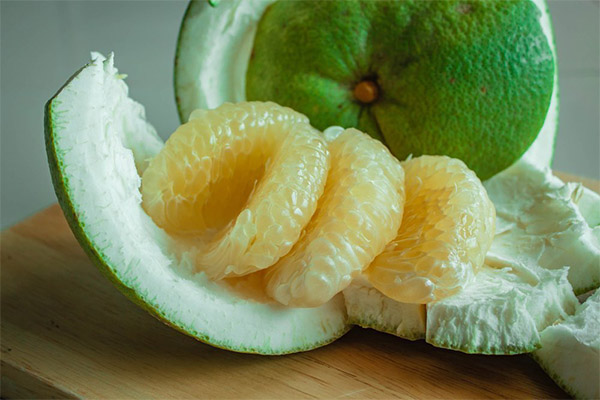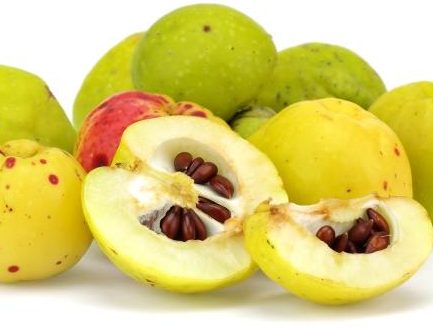Coffee is lifestyle and enjoyment. For anyone who wants to learn a little more about their favorite drink, we’ve rounded up 10 fun facts about coffee.
Did you know?
When it comes to facts about coffee, pretty much everyone has something to contribute, because hardly any other drink has so many stories, myths and – facts – about it. We have picked out the 10 most exciting facts and don’t want to withhold them from you any longer:
1. Coffee was “discovered” by goats
You heard me right: according to legend, coffee was actually “discovered” by goats. In fact, it was a goatherd named Kaldi in 9th-century Ethiopia. He watches his goats and sees how the goats perk up after eating cherries from a coffee tree. So what could be more obvious for Kaldi than to taste the red cherries himself? Admittedly, the story was first written down in the 16th century, but it’s nice and somehow sounds believable.
2. Black Ivory Coffee – the most exclusive coffee in the world
For a long time, the famous Kopi Luwak, also known as cat coffee, was considered the most expensive and exclusive coffee in the world. The Kopi Luwak gets its special taste from the “manufacturing process”: It is created by giving the Indonesian civets coffee cherries to eat. These are digested by her and excreted again. The indigestible coffee beans are now selected from the legacies of the civets. The very complex manufacturing process makes the cat coffee extremely expensive.
3. Mild, light roast coffee beans contain more caffeine than dark beans
Contrary to popular belief, light, mild coffee roasts typically contain more caffeine than dark, hearty roasts. Why it is like that? The longer the coffee is roasted, the more caffeine is released from the bean under the heat. Basically, it’s like cooking with wine. The longer you let it simmer, the less alcohol you will later have in your food.
4. Espresso is not a bean
There is no special espresso bean. Espresso is just the name for a certain type of preparation. Dark roasted coffee beans are used and ground very finely. Hot water is then pressed through the ground coffee at high pressure. If you do it right, you get a concentrated coffee with a dense, brown crema. Due to the long roasting, espresso contains less caffeine than e.g. B. normal filter coffee.
5. Coffee is a cherry
That’s right – red cherries grow on coffee trees or bushes. The actual coffee bean is the seed inside the cherry. If the coffee bean wasn’t so desirable and flavorful, you might be able to buy the whole fruit of the coffee cherry in a fruit store, as it’s a delicious tart-sweet cherry that tastes a bit like honey, peach, and watermelon.
6. Coffee was forbidden
In the course of history, coffee has been temporarily banned several times in different cultures. The governor of Mecca closed all the coffee houses in 1511 because he saw them as places of moral decay. Only after a thirty-year dispute between the scholars was the ban lifted by the Sultan of Cairo. In 1675, the English King Charles II tried to ban coffee and coffee houses. He encounters great resistance from the population and triggers a rebellion, so that he ultimately cannot implement his plan. The Prussian King Frederick the Great finally banned the import of coffee in 1677. He feared that the rapidly growing coffee consumption at the time could displace traditional domestic products such as malt or barley. State propaganda tried to stigmatize coffee as a despicable fad and a superfluous luxury.
7. George Washington invented instant coffee
You read that right, but not the first American president, but his Anglo-Belgian namesake, George Constant Louis Washington, who invented instant coffee.
Washington, who emigrated to New York in 1897, was not the actual inventor, but he was the first to develop a process around 1908 to produce instant coffee on an industrial scale. He was commercially very successful. During World War I, the US Army bought the “G. Washington Coffee Refining Company” from their total production volume of instant coffee. This ensured that the soldiers at the front in Europe did not have to do without their “Cup of George”.
The Japanese-born scientist Satori Kato from Chicago is considered to be the inventor of the first instant coffee. However, he never succeeded in further developing his process, patented in 1901, into a commercially successful product.
8. There are over fifty different types of coffee
Normally we consumers only know two types of coffee: Arabica and Robusta, because only these are normally used for coffee production and together they represent practically 100% of the world market. In fact, over fifty different types of coffee are known. So, if you ever get the very rare opportunity to taste a coffee that isn’t made from the usual varieties, please do so!
9. Over 500 billion cups
Around half a trillion cups of coffee are drunk worldwide every year. With a world population of almost seven billion, that’s an unbelievable 71 cups for every citizen of the world – including small children!
Incidentally, the Finns are at the forefront when it comes to coffee consumption: Every Finn drinks 1305 cups a year of the 3.6 cups a day! In contrast, German coffee consumption is still moderate at just under two cups a day. However, coffee is also the most popular drink in Germany, ahead of beer and mineral water!
10. Second most traded commodity in the world
After oil, coffee is the most important commodity in the world. The coffee beans are grown in 80 countries around the world on a total area of around 11 million hectares. Around 25 million people work in the cultivation, processing or distribution of coffee. Around 55 million sacks of green coffee, each weighing 60 kilograms, are produced every year.


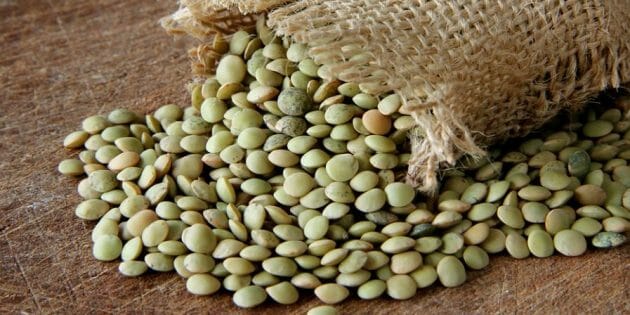


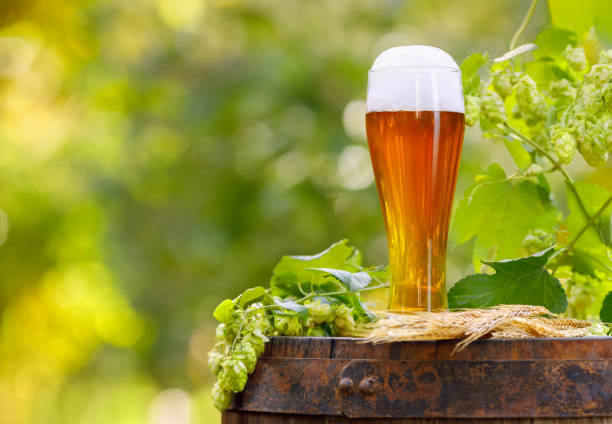 4. Total output
4. Total output




